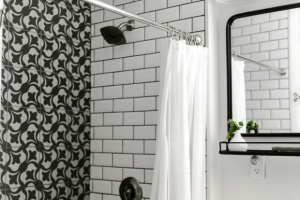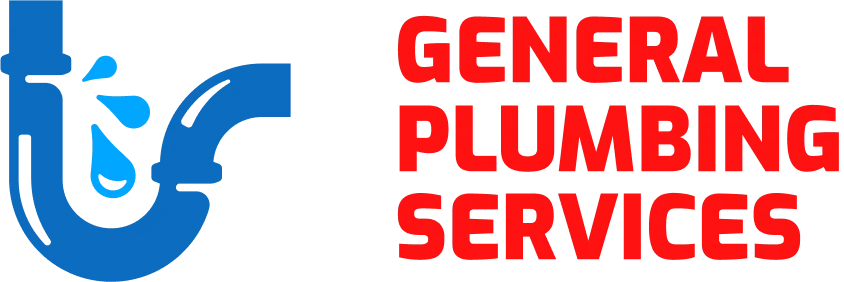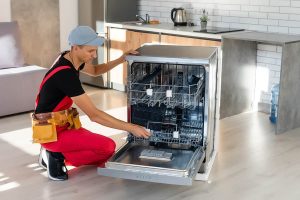
Encountering a blocked shower drain can be a frustrating experience, but fear not! With a few simple techniques and household tools, you can easily learn how to clear a shower drain. The process isn’t just about solving an immediate problem; it’s about understanding the dynamics of your plumbing system. Let’s dive into some effective methods to tackle this common household issue.
Identifying the Blockage
The first step in resolving a clogged shower drain is to identify what’s causing the blockage. Often, it’s an accumulation of hair and soap scum. Start by removing the drain cover – this might require a screwdriver. You may also need a lubricant like WD-40, PTFE or a silicone lubricant to help loosen it, if it’s an older drain. Once removed, inspect the drain with a flashlight. If you can see the clog, it’s time to move on to the removal process.
Manual Removal
For visible clogs, a simple tool like a wire coat hanger can work wonders. Straighten out the hanger and create a small hook at one end. Gently insert this into the drain and try to fish out the blockage. Be careful not to push the clog further down. Once you’ve removed as much as possible, run hot water to clear any remaining debris.
Plunging the Drain
Sometimes, a plunger can effectively dislodge a clog. Cover the drain with the plunger and ensure a good seal. Fill the shower basin with a small amount of water, and then vigorously plunge up and down. This action can help to break up the blockage and clear the drain.
Chemical-Free Solutions
For a more natural approach, consider using baking soda and vinegar – a classic combination for many household cleaning tasks. Pour a cup of baking soda followed by a cup of white vinegar down the drain. Let it sit for about 15 minutes, then flush with boiling water. This method is not only effective but also avoids the use of harsh chemicals.
Plumbing Snake
For more stubborn clogs, a plumbing snake or a drain auger can be very effective. Insert the snake into the drain and turn it to catch and pull out the blockage. Be cautious and patient with this method to avoid damaging your pipes.
Troubleshooting Common Shower Drain Issues
Even after applying the techniques outlined above, you might encounter persistent issues with your shower drain. Let’s delve into troubleshooting three common problems: water still backing up, persistent odours, and recurring blockages.
1. Water Still Backing Up
If water continues to back up in your shower after attempting to clear the drain, it’s possible the blockage is further down the pipe than initially suspected. In such cases, a more extensive approach may be needed.
- Use a Longer Plumbing Snake: A longer plumbing snake can reach deeper into the plumbing system to dislodge clogs that are further down the pipe.
- Check for Vent Blockages: Sometimes, the issue isn’t just in the drain itself but in the vent pipes. These vents can become blocked, leading to poor drainage. These pipes start at the roof. You may need to get these inspected and cleared to get to the end of this drainage issue.
- Consult a Professional: If the problem persists, it may be time to call a professional plumber. They have specialised tools like high-pressure water jets, motorised snakes, and cameras to inspect and resolve deep clogs.
2. The Drain Still Smells
A foul odour emanating from your shower drain, even after cleaning, can be quite unpleasant. This is often due to bacteria and decomposing organic matter in the pipes.
- Deep Cleaning: To combat this, consider a deeper cleaning method. Mix half a cup of baking soda with a quarter cup of table salt and pour it down the drain. Follow this with a cup of heated vinegar. Let it fizz for fifteen minutes, and then rinse with boiling water.
- Enzyme Cleaners: Enzyme-based drain cleaners are effective in breaking down organic matter without damaging pipes. They can also eliminate odours caused by bacteria.
- Check for Larger Issues: Persistent smells can sometimes indicate a more serious problem, like a broken pipe or an issue with the sewer line. If the odour doesn’t go away, it’s advisable to consult a plumber.
3. Frequently Recurring Blockages
If blockages in your shower drain are a recurring issue, it’s essential to identify and address the underlying cause.
- Hair Catchers: A common cause of blockages is hair. Installing a hair catcher over the drain can significantly reduce the amount of hair and debris entering the pipes.
- Regular Maintenance: Regularly cleaning your drain can prevent the build-up of soap scum and hair. A monthly routine of flushing the drain with hot water or a baking soda and vinegar mix can keep it clear.
- Inspect for Pipe Damage: Sometimes, frequent clogs can be due to damaged or corroded pipes, or even tree root intrusions in older homes. A plumber can inspect your pipes to identify and rectify such issues.
Prevention is Key
Preventing future clogs is just as important as knowing how to unblock a shower drain. Regularly clean your drain cover and consider using a hair catcher to minimise the amount of debris entering the drain. Also, occasionally flushing the drain with hot water can help prevent build-up.
When to Call a Professional
If you’ve tried these methods and the drain is still clogged, it might be time to call a professional plumber. Persistent clogs could indicate a deeper issue within your plumbing system that requires expert attention.
Let’s Be Real About Unclogging That Shower Drain
Let’s face it, unclogging a shower drain isn’t exactly anyone’s idea of a fun time. Getting down and dirty with a clogged drain, pulling out clumps of hair and who-knows-what-else, is enough to make most people say, “Nope!”
So, if you’ve read these tips and decided it’s not your cup of tea, there’s no shame here either. We get it – not everyone wants to play detective with their plumbing or reach in for a fist full of hair, grease and soap scum. Our team jumps in with all the right tools and a can-do attitude, tackling the gunk so you don’t have to. And hey, we make sure it’s done right – the first time, and without breaking the bank.
With these tips, we hope you’ve got some ideas on how to break up minor blockages and prevent bigger ones from developing in future. But when you need help with your shower drain, you know who to call. Our plumbing professionals in Melbourne are always ready to dive into the messy stuff, so you can keep your hands clean and your showers clog-free!






